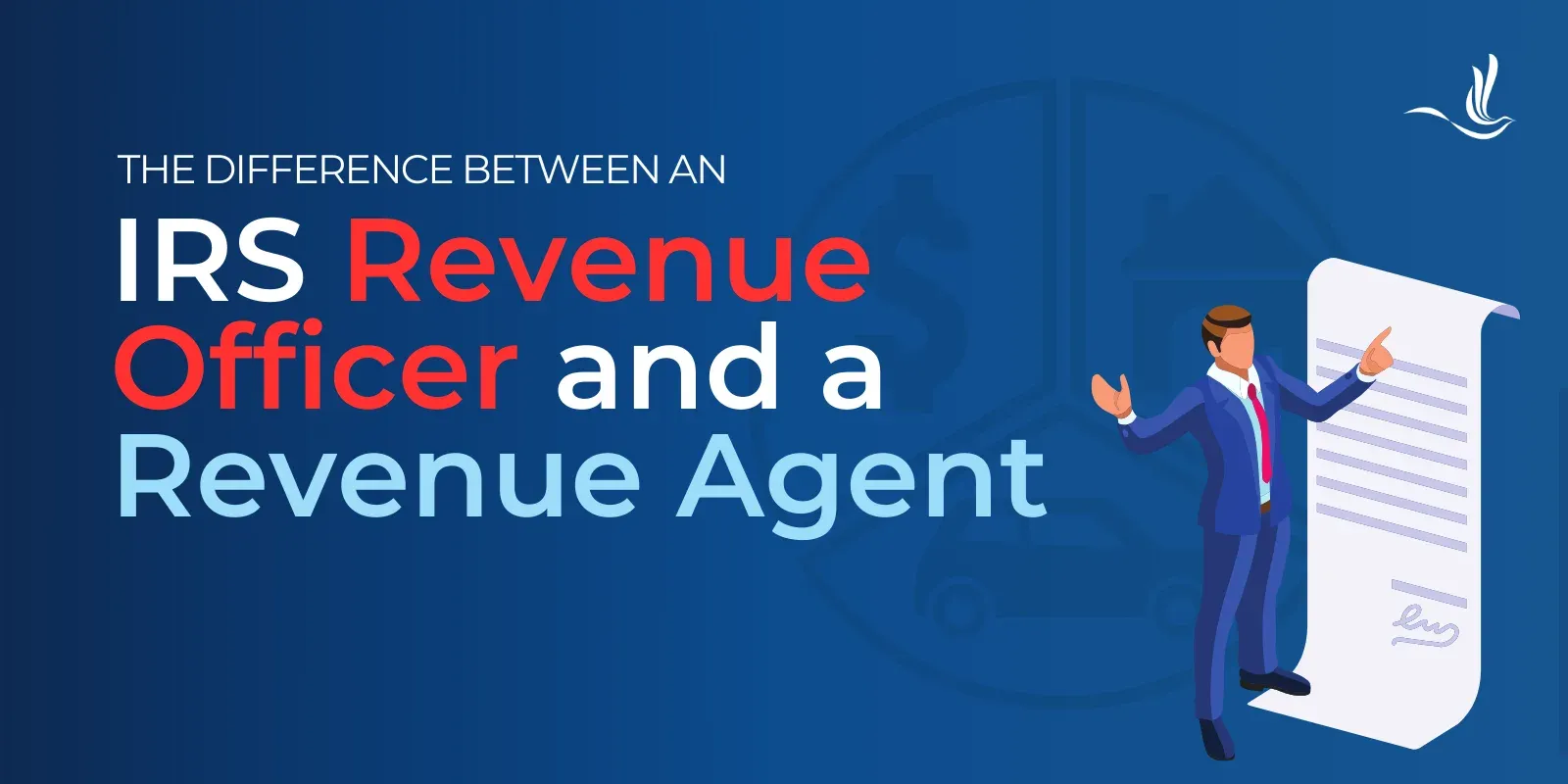Effective hiring and onboarding is vital for any organization aiming to build a strong workforce. By following seven fundamental steps, you can streamline the process and improve employee retention. Start with a clear job description to attract suitable candidates, then proceed through a structured interview process. Once hired, a robust onboarding plan, which includes mentorship and training, sets the stage for success.
Comprehending each step can greatly impact your team’s dynamics and overall performance. What comes next?
Key Takeaways
- Develop a comprehensive onboarding plan with clear objectives, milestones, and deadlines to guide new hires effectively.
- Prepare a warm welcome that includes a fully equipped workspace and a thorough welcome package outlining company policies and benefits.
- Assign a mentor or buddy to new hires for guidance, support, and to foster social connections within the company.
- Provide tailored training that covers job responsibilities and company culture, ensuring new hires understand their roles and expectations.
- Implement feedback mechanisms to continuously improve the onboarding process and enhance employee engagement and retention.
Craft a Comprehensive Onboarding Plan
When you craft a thorough onboarding plan, you lay the foundation for a successful integration of new hires into your organization. A detailed plan outlines clear objectives, milestones, and deadlines for both the new hire and their manager, guaranteeing a structured approach to hiring and onboarding.
Incorporating socialization, training, and feedback opportunities nurtures a sense of belonging and helps new employees adapt to the company culture. Detail the onboarding process over the initial weeks and months, allowing for a gradual introduction to job responsibilities and policies.
Regular check-ins assess progress, address challenges, and provide constructive feedback.
By establishing SMART goals, you guarantee new hires have achievable targets, promoting accountability and encouraging early success during this critical recruitment process.
Prepare a Warm Welcome
To prepare a warm welcome for your new employee, start by ensuring their workspace is fully equipped with all necessary resources and tools before their first day.
Providing a thorough welcome package that includes vital company policies and benefits information will help them navigate their new role with ease.
These basic steps not merely promote a smooth shift but additionally set a positive tone for their onboarding experience.
Workspace Readiness
Workspace readiness plays a crucial role in guaranteeing a new hire feels welcomed and prepared from day one. You should confirm that all necessary equipment and tools are set up and ready for immediate use, making the shift into their role smoother.
[embed]https://www.youtube.com/watch?v=JQ6OkrH7d1s[/embed]
Arrange team introductions in advance to help new hires form immediate connections and promote a sense of belonging, which is important for their engagement. Moreover, confirm the workspace reflects the company culture to positively impact first impressions.
[embed]https://www.youtube.com/watch?v=TfOcbqjpRS8[/embed]
A well-prepared workspace not only creates a positive initial experience but also sets the tone for the new hire’s future productivity and engagement within the organization, ultimately contributing to their success in your team.
Welcome Package Contents
Creating a welcoming environment for new hires goes beyond just having a ready workspace; it furthermore includes the thoughtful preparation of a welcome package.
This package should contain crucial company policies and benefits information, helping new employees understand their rights and responsibilities right from the start. Including an organizational chart allows new hires to familiarize themselves with the company structure and key team members.
Company-branded merchandise, like mugs or T-shirts, can promote pride and a sense of belonging.
A personalized welcome letter from the team or management reinforces a warm introduction to the company culture.
Finally, a thorough onboarding schedule sets clear expectations for the new hire’s initial days and weeks, ensuring they know what to anticipate.
Assign a Mentor or Buddy
Assigning a mentor or buddy to new hires is an essential step in nurturing company culture and enhancing social connections.
This arrangement provides ongoing support as newcomers adjust to their roles, making them feel more comfortable and engaged in their work environment.
Foster Company Culture
When new employees are paired with a mentor or buddy, they often find it easier to navigate the intricacies of company culture and procedures. This relationship greatly improves their comfort and confidence, nurturing a sense of belonging from day one.
Mentorship programs can increase retention rates by providing guidance and support during the initial integration period. A mentor can answer questions, offer insights into company norms, and facilitate social connections, making onboarding more engaging and less overwhelming.
Pairing new hires with mentors who’ve compatible skills and communication styles enhances the quality of the relationship, leading to better acclimatization and job performance. Organizations that implement mentoring systems often see improved employee satisfaction and a more positive workplace culture overall.
Provide Ongoing Support
Providing ongoing support through the assignment of a mentor or buddy can greatly ease new hires’ adjustment into the organization.
By pairing new employees with mentors who’ve compatible skills and communication styles, you improve their onboarding experience.
Mentors can offer guidance, answer questions, and help newcomers navigate their roles and company procedures more effectively. This support nurtures a sense of belonging, essential for integrating into the company culture.
Research shows that mentorship programs can increase retention rates, as supported new hires are more likely to stay long-term. In addition, a strong mentoring relationship enhances performance through constructive feedback and encouragement, leading to greater job satisfaction and productivity.
Enhance Social Connections
One effective way to improve social connections in the workplace is by assigning a mentor or buddy to new hires. This practice cultivates camaraderie, making newcomers feel more comfortable and valued in your organization.
A mentor can guide them through company culture and procedures, facilitating smoother integration into their roles.
Research indicates that mentoring programs greatly improve retention rates, as employees are more likely to stay where they feel supported.
[embed]https://www.youtube.com/watch?v=zizhZgQTLnI[/embed]
Pairing new hires with experienced colleagues likewise promotes knowledge sharing, leading to enhanced performance and quicker adaptation to job responsibilities.
Establishing this mentoring relationship encourages open communication, allowing new employees to ask questions and seek advice, in the end boosting their confidence and job satisfaction in the workplace.
Provide Comprehensive Training
Thorough training is vital for ensuring that new hires are well-prepared to take on their roles effectively and confidently. A detailed training program should cover job responsibilities and company policies, giving new employees a solid foundation from the start.
Tailoring training to include specific tools or software relevant to their position improves their performance capabilities. Incorporating hands-on practice during training sessions allows new hires to apply their knowledge in real-world situations, boosting their confidence and competence.
Regular progress assessments are fundamental to evaluate comprehension and adjust training plans as needed. A structured approach prepares new hires for their tasks while aligning them with the company culture, leading to improved retention rates and job satisfaction.
Set Clear Expectations and Goals
Setting clear expectations and goals is essential for helping new hires comprehend their roles and responsibilities right from the start.
Clearly communicate your company’s expectations to guarantee new employees have a solid grasp of their duties, leading to a smoother shift.
Within their first week, set achievable goals for performance metrics and deadlines, providing a clear roadmap for success. Regularly review and discuss these expectations, offering constructive feedback to keep them aligned with company objectives.
Establish SMART (Specific, Measurable, Achievable, Relevant, Time-bound) goals to guide new hires in meeting onboarding milestones. Providing continuous support and regular check-ins cultivates a positive feedback loop, enhancing the new hire’s confidence and engagement in their role as well as promoting overall performance improvement.
Encourage Social Integration
Creating a welcoming atmosphere through social integration is crucial for new hires as they maneuver their first days in a new workplace.
Encouraging social integration through team-building activities greatly improves a new hire’s sense of belonging, boosting engagement and retention. Hosting informal gatherings, like coffee breaks or team lunches, promotes relationship-building and helps new employees connect with colleagues across departments, reducing isolation.
Establishing open communication channels encourages interaction, leading to increased collaboration and a stronger support network.
Actively involving new employees in team meetings from the start improves their comfort level and promotes participation.
Moreover, assigning a work buddy or mentor provides guidance and support, increasing their confidence as they navigate new roles and the company environment.
Solicit and Implement Feedback
During the onboarding of new employees, it’s essential to actively solicit and implement their feedback to improve the overall experience. By regularly asking new hires about their onboarding experience through surveys and informal conversations, you can identify areas needing improvement.
This approach shows your commitment to refining the process and boosts employee engagement. Implementing their suggestions leads to a more effective onboarding program, as companies that adapt to feedback better meet the needs of their workforce.
Additionally, providing performance feedback encourages growth and emphasizes the importance of open communication. Actively responding to input not only cultivates a supportive environment but also helps reduce turnover, as employees who feel heard are more likely to stay with your organization long-term.
Conclusion
In conclusion, implementing these seven fundamental steps can greatly improve your hiring and onboarding processes.
By crafting a detailed onboarding plan, welcoming new employees warmly, and assigning mentors, you create an environment conducive to success. Providing thorough training and setting clear expectations guarantees employees understand their roles, whereas encouraging social integration nurtures a sense of belonging. Finally, soliciting feedback allows you to continuously improve the process, ultimately resulting in higher retention and engagement within your workforce.
Image Via Envato
Disclaimer: This story is auto-aggregated by a computer program and has not been created or edited by finopulse.
Publisher: Source link








